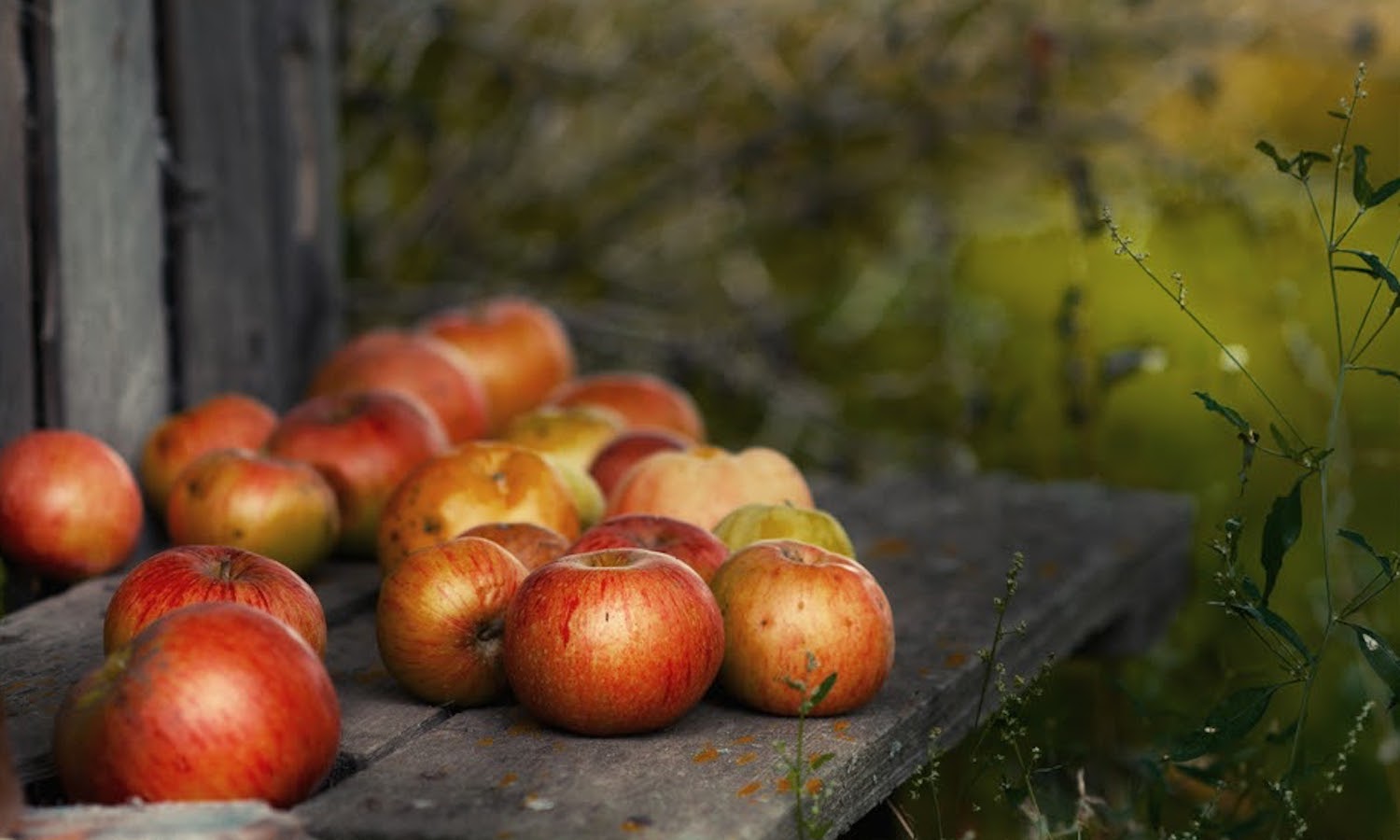Few issues have generated as much public interest in recent years as food loss and waste, widely agreed to be a moral and technical failure in a world where hunger and malnutrition have yet to be eradicated.
In 2011, the Food and Agriculture Organization of the United Nations ignited public awareness of this with a report, produced with the Swedish Institute for Food and Biotechnology, that estimated one-third of the food produced globally is never eaten. That figure and the research underlying it remain widely cited today.
That was eight years ago. FAO has been working hard since to tailor pilot programs in the field and to improve practical understanding of how to make it possible to reduce food loss and waste as pledged in Sustainable Development Goal 12.3.
We have developed the Food Loss Index, which will allow countries to measure the amount of food lost after harvest and through storage, transportation, and processing but not including the retail level—where loss formally becomes waste, which is under the remit of UN Environment. Solid and comparable data are needed, both to monitor progress and to identify best practices.
This year’s State of Food and Agriculture Report is devoted to mapping concrete and viable ways that we can actually cut food loss and waste rather than just decry them.
We have a new number: 14 percent. That’s the updated estimate for global food losses. Keep in mind that available data is quite fragmented and that as its quality improves—which it must—the estimate could be revised.
This number should not be compared with the 2011 assessment, as we’ve sharpened our methodology to include factors such as economic value and nutrition—it turns out that micronutrient losses due to food loss and waste are disproportionately high—rather than volume.
Also, food waste is not included in the loss estimate, and we know the figure for that can be very high, due largely to poor household management skills in wealthier countries and to energy and storage inadequacies in poorer countries. Estimates for food waste range from a few percentage points to as high as one third, depending on the country.
One striking fact revealed in the SOFA 2019 report is that food losses often occur in places where hunger is more prevalent. That points to a clear urgency in tackling its causes.
That said, there is no magic formula that relates food loss and waste to hunger. Access to food and its affordability, not availability per se, is a prime cause of undernutrition. Moreover, if lower loss and waste led to lower demand, rural smallholders could face further income restraints that would worsen their dietary situation. On this note, emphasis should be given to efforts and incentives to link reduced food loss and waste with improved food quality—such as reducing aflatoxin in maize—that can raise market price premiums and farm incomes.
FAO’s close review of what we know about food loss offers a reminder that there is no one-size-fits-all solution. For example, cassava, a staple in much of the tropics, perishes much more quickly than potatoes in temperate regions do.
Practically, it is wiser to formulate public interventions aimed at reducing food loss and waste to broader objectives, particularly goals related to natural resources and climate change. Agriculture has a major footprint in terms of the world’s water and land use and in terms of greenhouse gas emissions, so anything we produce but don’t eat has a negative impact beyond our dietary needs.
As SOFA outlines—with trends organized by region and food types—where food insecurity and natural resource strains are prominent, interventions early in the food-supply chain are more effective, while trimming waste at the consumer and retail level are the best strategy for reducing greenhouse gas emissions.
While FAO’s new Food Loss Indicator is a clear tool for making member states and stakeholders accountable, it is also designed to make it easier for all countries to draw a clearer picture of their local situations and identify value-chain bottlenecks and critical loss points where action can leverage the most efficient gains. Investments—think storage and logistic facilities but also a slew of coherent and integrated incentives and knowledge inputs—will be required.
We hope the indicator will also help catalyze the production of more data. Current estimates can vary enormously and cover too few food crops and types.
FAO’s goal is to help member states achieve their pledge and improve people’s lives. It’s time for action—and in particular viable actions—on SDG12 and the target of reducing food loss and halving food waste by 2030. There’s a lot of work to do, yet also a lot of collateral benefits to harvest.











